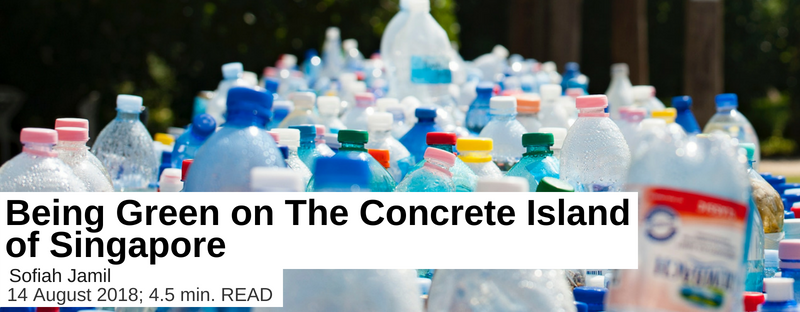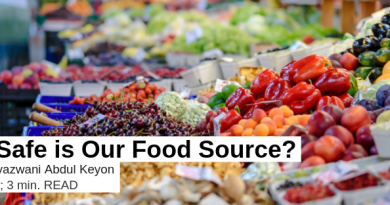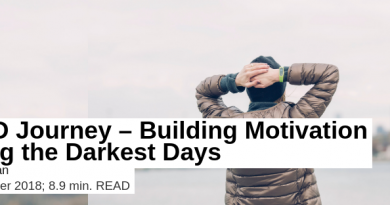Being Green on The Concrete Island of Singapore
“Never doubt that a small group of thoughtful, committed citizens can change the world; indeed, it’s the only thing that ever has.”
Ask any environmental activist in the English-speaking world, and they are more than likely to say that they are aware of these words by the late cultural anthropologist Margaret Mead. Indeed, this quote is often articulated in climate change conferences and rallies, urging for more action to protect the environment.
However, while agency is important, systems still matter. The extent to which people act environmentally-friendly is generally conditioned by their surroundings as well as their convenience.
In a book chapter on the environmental movement in Singapore, I articulated three points: First, that urban development has been both a boon and a bane to environmental protection in the city-state. On the one hand, urbanisation has undoubtedly wiped out much of Singapore’s primary forest area and natural habitats. On the other hand, the constant construction works have produced organised and integrated systems – water and public transport – that facilitate eco-lifestyles in a city. In this regard, what were traditionally issues of fulfilling economic needs, have been effectively managed to add value to the environmental movement.
Currents of Environmentalism Scholarship on environmental movements notes 3 main currents of environmentalism:- Conservationism: protection of wilderness and natural habitats Eco-efficiency: advocates the compatibility of economic development with conservation and sustainability Environmental justice: addressing the environmental concerns of poor and marginalised sections of society Source: Martinez-Alier, J. 2002 The Environmentalism of the Poor. |
Second, the strong government presence in all aspects of Singapore life means that environmental groups need to be conscious of, and accommodate the government’s pragmatic stance in addressing environmental concerns. The Green Corridor and the construction of the MRT’s Cross Island Line are recent examples of points of contention between the state and civil society. Agents of change in Singapore ultimately have to work within the system.
Third, greater outreach is needed by Singapore’s environmental groups, to avoid speaking within a middle-class echo chamber. Like it or not, economics matters. As one of the most expensive cities in the world, economic inequalities in Singapore are prevalent but mostly hidden.
The general public is happy to do their bit for the environment, so long as it is convenient for them. But the inconvenient truth of climate change requires inconvenient actions. What we need is more environmental justice – activities that blend environmental action and inequalities eradication through providing greater support to marginalised communities. Such a challenge is certainly not unique to Singapore, but rather a global concern that is often ignored.
So, the next time you are sitting in a hipster café and sipping on your fair-trade organic coffee, or carrying your own bag and refusing plastic straws, also think of the elderly karang guni lady looking for tin cans and cardboard to trade for a living. Because society is part of the environment too.
Reference list
Doyle, T., & MacGregor, S. (2013). Development as a Double-Edged Sword: Managing in Singapore’s Urban Environment. In Environmental Movements around the World: Shades of Green in Politics and Culture (pp. 259-283). Retrieved from https://www.abc-clio.com/ABC-CLIOCorporate/product.aspx?pc=A3359C.

Sofiah Jamil is completing her PhD thesis on Islamic Environmentalism (Australian National University), and is Co-Founder of Hornbills: Concepts and Communications. She currently shuttles between Singapore, Germany and Morocco.
Contact info: sofiah@hornbillscc.com
Instagram: @thegreenbush
Twitter: @TheGreenBushE




